Friends, Peace Class meets every Wednesday night on Zoom and starts at 6:00 pm (Pacific Time). Join a Zoom meeting. Share link with friends. All are welcome at Peace Class. The most recent peace talk was delivered at last week's class:
Inner peace and World Peace
 |
| I was thinking, Where does peace begin? |
Inner peace is World Peace happening locally, radiating globally.
Inner peace is World Peace that one person has just grown in the garden of oneself.
Inner peace is World Peace. We call peace “World Peace” when enough people are experiencing individual peace and flowing it into the collective consciousness so that the peace experience becomes the common experience in society. But before profound peace is the most common experience, it's a notable if unusual individual experience. We call this “inner peace” because we are not yet in a world where profound peace permeates everyone's experience all the time. We can see the contrast between the inner peace we are feeling and the lack of peace that many others are feeling. For now, inner peace is still an unusual experience. It is not yet World Peace.
It is “still” this way because experienced peace will be the baseline experience for all beings eventually. But for those of us who were born in the Era of Belligerence, an experience of inner peace will most likely be something we must cultivate — something we move into and out of over the course of a day, week, or year.
When many (consider the 100th monkey theory) have brought forth their own peacefulness, collective peace will begin to manifest. First it will be experienced by small pockets of humanity. Then it will spread out into the surrounding areas.
Imagine being in a swimming pool and adding a drop of food coloring. The water will reflect that new color most strongly where the coloring was first placed, but eventually it will be incorporated more widely. It cannot help but spread. It will first make itself powerfully apparent locally.
Peace works this way.
One person in an experience of peace sends the flow of that peace into the collective consciousness, and it enters the collective at the precise point where that person is situated. One's peace begins a collective consciousness of peace, first locally then more widely. It can be felt most potently locally, where it is most concentrated.
World Peace begins as inner peace experienced by one person, two people interacting, or a group directly impacting one another. It eventually spreads into the collective, which is a term for all of their indirect contacts or all the people we impact without being aware of it.
World Peace is a result, not a cause; it comes last. Inner peace is a cause of World Peace and a result of it just as a stone cascading makes a sound that keeps reverberating every time it newly impacts a surface.
Eventually, experienced peace is the standard, the common experience. Then individuals are able to build on that standard, that foundation of peace. When there is standard peace, what will we see? Flowing creativity. Self-actualization. Self-exploration. New collaborations. New forms of art. New inventions — acts of genius. That's what's waiting for us when we arrive at World Peace.
We think of World Peace as the end of war. But in that state of generalized inner peace, war will not begin. Generalized peace will look like the absence of war to those who lived before during the Era of Belligerence. But for those who were born in the Age of Peace, it will look like flowing creativity, inventiveness, collaboration, artmaking, inspiration, and flowing ideas. It won't look like the end of war because war will sound so odd — such a strange thing for anyone to choose — that war will simply seem like a historical curiosity, the way we now think of outdated medical practices such as bloodletting. We look back at bloodletting and think, Why would one think becoming healthier is achieved by purposely losing blood? What a strange thing to do! What a strange way to treat one's body. Why would anyone ever do that? We look at bloodletting as a historical curiosity — as a marker of how things were at a peculiar moment in history, a time when humans were doing the best they could but were living in confusion that led to certain aberrations we now see clearly and would never choose today. That's how war will appear to us. We will look at it as a marker of a particularly strange time in human history.
From a peaceful mindset, we will not judge ourselves, or previous humans, for what they did not yet understand; we will have compassion for ourselves and for others. Knowing more, we will not again choose that which does not serve us.
War is a marker of a time in our development. It is an indicator of where we are in our evolution. The lower mind wants to know the answer to this question: Is war bad or good? The higher mind is so loving, so peaceful, that it does not judge. It simply says, War indicates that a society is very early in its development. We will know that we have evolved, we will know that we carry more peace, when we do not choose war — when we find that we, as individuals, simply would never choose to harm another person.
We will know that we have evolved when we look at the practice of harming another and find it puzzling. We will think, Why would anyone ever do that? It simply won't make sense. We will think, I'd never choose to hurt someone; I respect everyone here too much. I wouldn't chop down my own beloved house; I wouldn't throw away a cherished gift. And I wouldn't harm anyone, as everyone brings something valuable to the collective; everyone bears a gift, and therefore everyone is a gift.
We look at a loving world, a world where there are no skirmishes between individuals, a world where there is no violence, and we call what we see “World Peace” — and to us that means The End of All War. But it won't feel like the Age of No War, except to those who began their lives in the Era of Belligerence. It will feel like the Age of Inspiration, the Age of Creativity, the Age of Invention, the Age of Innovation. It will be the Age of Feeling Just Right, the Age of So Much to Get Out of Bed to Experience. It will be the Age of What Can I Build Next.
When we are in the Age of Peace, we will see it for what it is, not for what it isn't — not the contrast to what came before.
Only by living in peace will we truly understand its nature.
We do not call our time the Age of No Bloodletting. We don't notice what isn't there so much as we notice what is here. That's how we'll feel in the Age of Peace. We'll notice how good it feels to express ourselves, to be creative, to be full of innovative ideas. We'll notice how good our own kindness feels whether expressed towards ourselves or others. And the idea of not feeling these things will seem strange to us. We will think, What would possess anyone to treat another cruelly when expressing kindness feels so good and cruelty feels so terrible? Why would anyone choose to act in a way that feels terrible? What a strange way to live!
Those who feel called to build inner peace even as they are living in the Era of Belligerence are getting a preview of coming attractions. They're getting a taste of what will one day be the standard. But they're also seeding a world where one doesn't need to cultivate inner peace because it has become the standard. One only needs to choose what to focus into existence by way of one's already peaceful, already connected self. For that reason, the Age of Peace will also be the Age of Choice; all will have the freedom to concentrate on what they enjoy doing rather than spending their primary energy creating safety for themselves and making sure their basic needs are met.
Some of us in the Era of Belligerence already carry the perspective that will be common in the Age of Peace. Such people might look around at their society and think, How do I get out of here?
One “gets out of here” by building a future from where one is moving in the present.
One builds the Age of Peace by building inner peace. One builds peace for oneself in whatever increments one can and is grateful for whatever slivers of peace one can experience. One lingers in appreciation of peace whenever it arrives. One revels in the feeling of peace and thinks about what one loves about peace and speaks of the joys of peace and does what brings one more peace. That's how one builds the Age of Peace before it is here. This is how one gifts the Age of Peace to everyone.
Where do I begin?
 |
| Peace Class every Wednesday at 6:00 pm PDT |
Sign up for this mailing list: mandykahn.com. Zoom link to join Peace Class: us02web.zoom.us/j/844396... (changes weekly). To get the latest link, sign up for mailing list.
To convert our 6:00 pm PDT meeting time to any other time zone, see: dateful.com/time-zone-converter.
To learn more about Peace Class and to sign up for future classes: eventbrite.com/e/peace-class-with-mandy-kahn....
If only Buddhism had anything to contribute to a discussion about peace
 |
| How can we cultivate inner peace? |
The associated verb is passambhati (to calm down, to quieten) [2]. In Buddhism, passaddhi refers to tranquility of body, speech, and mind (thoughts, consciousness on the path to enlightenment).
As part of the cultivatable mental factors, passaddhi is preceded by "rapture" or "joy" or "bliss" (pīti) and precedes profound stillness (samādhi).
Passaddhi is identified as a wholesome factor in the following canonical contexts:
- kāya-passaddhi is one of the "beautiful mental factors" in Theravāda Buddhist Abhidhamma ("the Doctrine or Dhamma in Ultimate Terms") tradition
- citta-passaddhi is one of the beautiful mental factors in Theravāda Abhidhamma tradition
- one of the Seven Factors of Enlightenment (sambojjhangas)
- meditative absorptions (jhanani)
- transcendental Dependent Origination (lokuttara-paticcasamuppada)
In various Buddhist canonical schema, the calming of the body, speech, and various mental factors is associated with gladness (pāmojja, pāmujja), rapture (pīti), and pleasure or happiness (sukhaṃ) and leads to the stillness (and effortless concentration) needed for release from pain and suffering (dukkha). More
- Inner peace (passaddhi) is a vital element in Buddhism's Seven Factors of Enlightenment, just as happiness is
- Peace and Sustenance | Dictionary of Buddhism | Nichiren Buddhism Library
- Mandy Kahn (mandykahn.com), Philosophical Research Society, Hollywood, California, Jan. 22, 2025; edited by Dhr. Seven, Wisdom Quarterly with added Wiki edit


























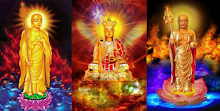



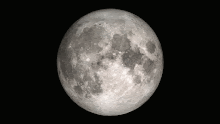






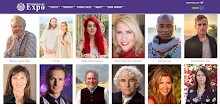






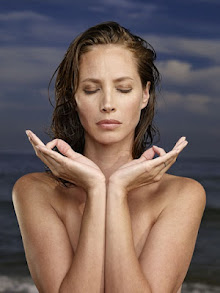
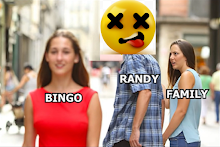
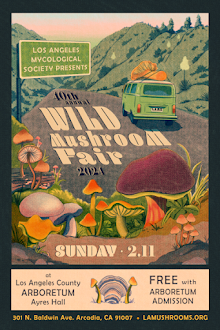

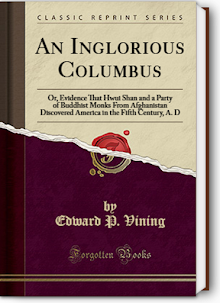


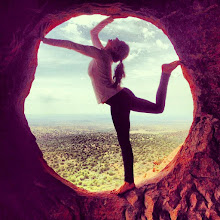
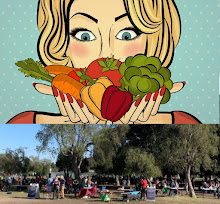
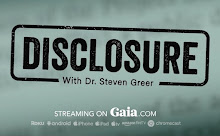

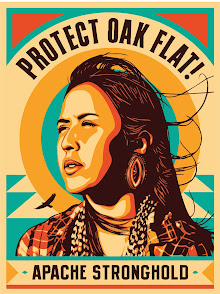



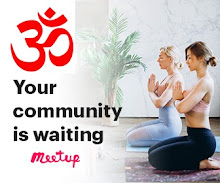

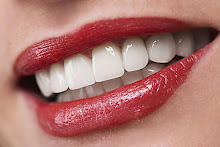
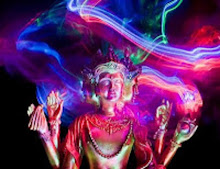


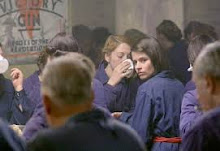






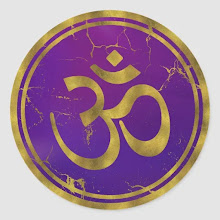





















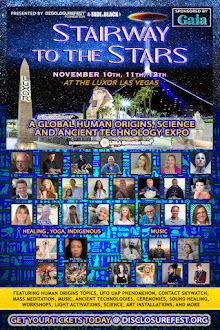









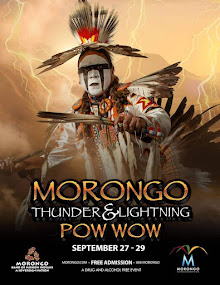
















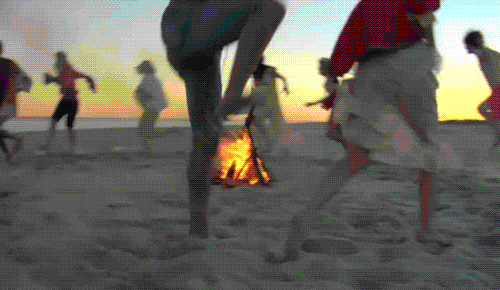





























































































































No comments:
Post a Comment